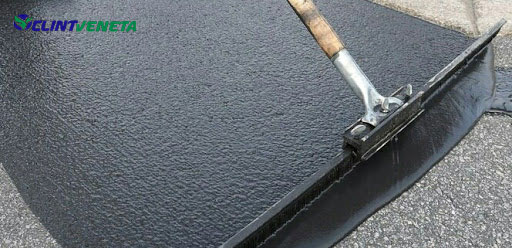In recent years, due to the growing threat of fossil fuel shortages and the crisis of their absence in the future, saving their consumption and the use of building insulation and insulation in the construction of buildings and residential areas to save energy waste has become very important.
Proper building insulation, in addition to being a great way to save on cooling and heating costs, also greatly reduces energy consumption.
Building insulation is a coating of various materials on the floor, ceiling or walls that absorbs or controls the penetration or exit of heat, cold and sound. Other types include sealing the building against the ingress of moisture and water into the building.
In addition to saving energy, building insulation also increases the life of the building. Insulation is mostly used for commercial, residential and construction buildings, but a variety of panel insulation or paint coating can also be used for existing buildings.
Types of building insulation based on the material of the constituent is divided into two categories of polymer insulation, synthetic and laboratory-made materials and mineral insulation, materials found in nature.
But the classification of building insulation based on their application is different and includes thermal, moisture and sound insulation. However, it should be noted that some building insulators do not fall into any of these categories specifically in terms of performance and may be used for different applications.
In this article, we are going to name the types of insulation of buildings in terms of functionality and briefly explain each of them.
Building insulation is divided into three categories in terms of application:
- Insulation
- Waterproofing
- Soundproof
Insulation

This insulation is used in buildings to prevent heat exchange in the building shell and the boundary between external and internal spaces. Reducing the exchange of heat and cold with the outside of the building in the cold seasons prevents the penetration of cold into the building and as a result does not cool the house more and the use of heating devices at lower temperatures, which reduces heat consumption. Also, in the hot seasons of the year, by not transferring heat from outside to inside the house, it reduces energy consumption to cool the air in the house.
Waterproofing

This insulation is used to reduce moisture inside the building. Among its types, we can mention gypsum waterproofing, isogum, polypropylene, etc.
Soundproof

This insulation is done with the aim of reducing the transmission of sound from outside to inside or vice versa, among which we can mention egg comb foam and fleece, which is one of the newest types of sound insulation.
In future articles, we will explain each of the types of sound insulation and their characteristics and applications in detail.
You can visit the Clintveneta product store page to get the right building insulation for your needs and contact us to buy or get more information.